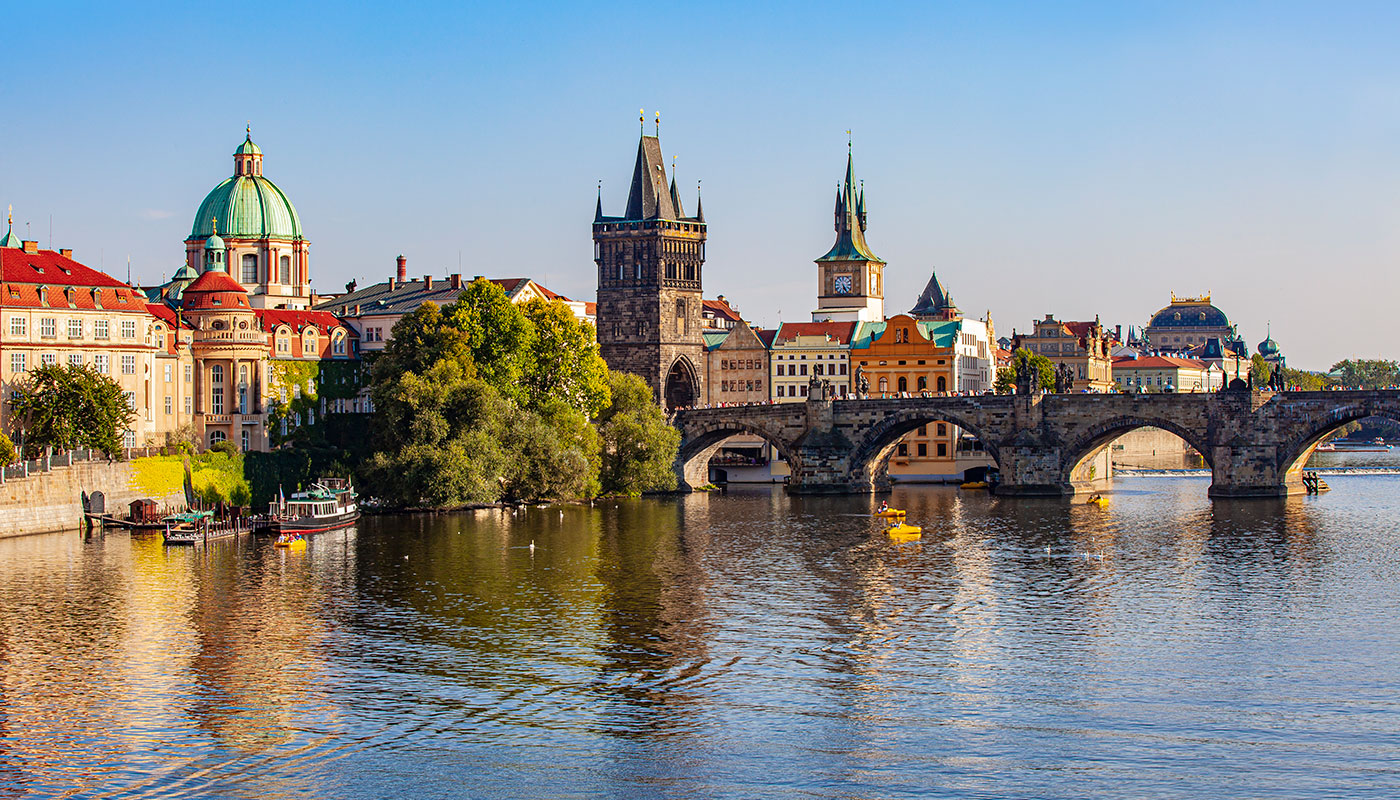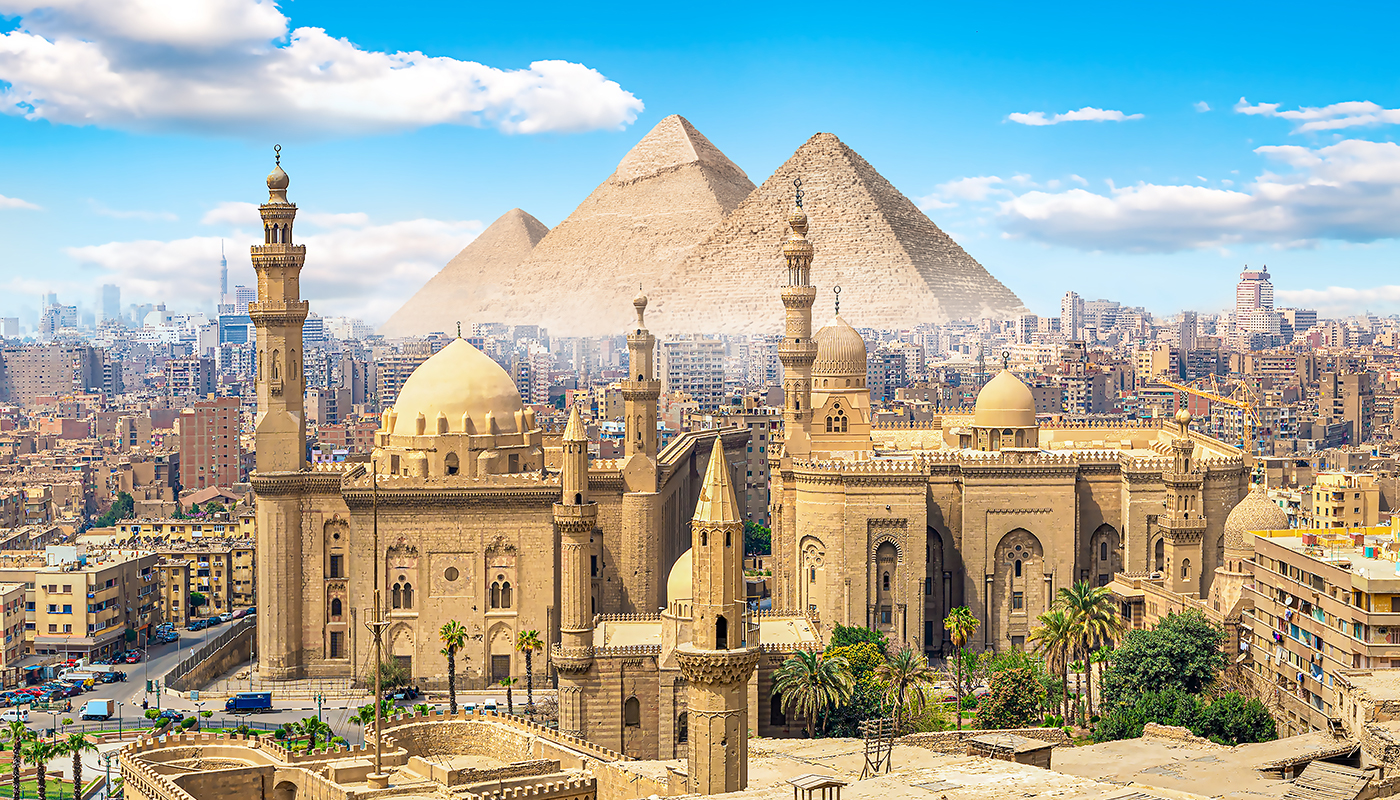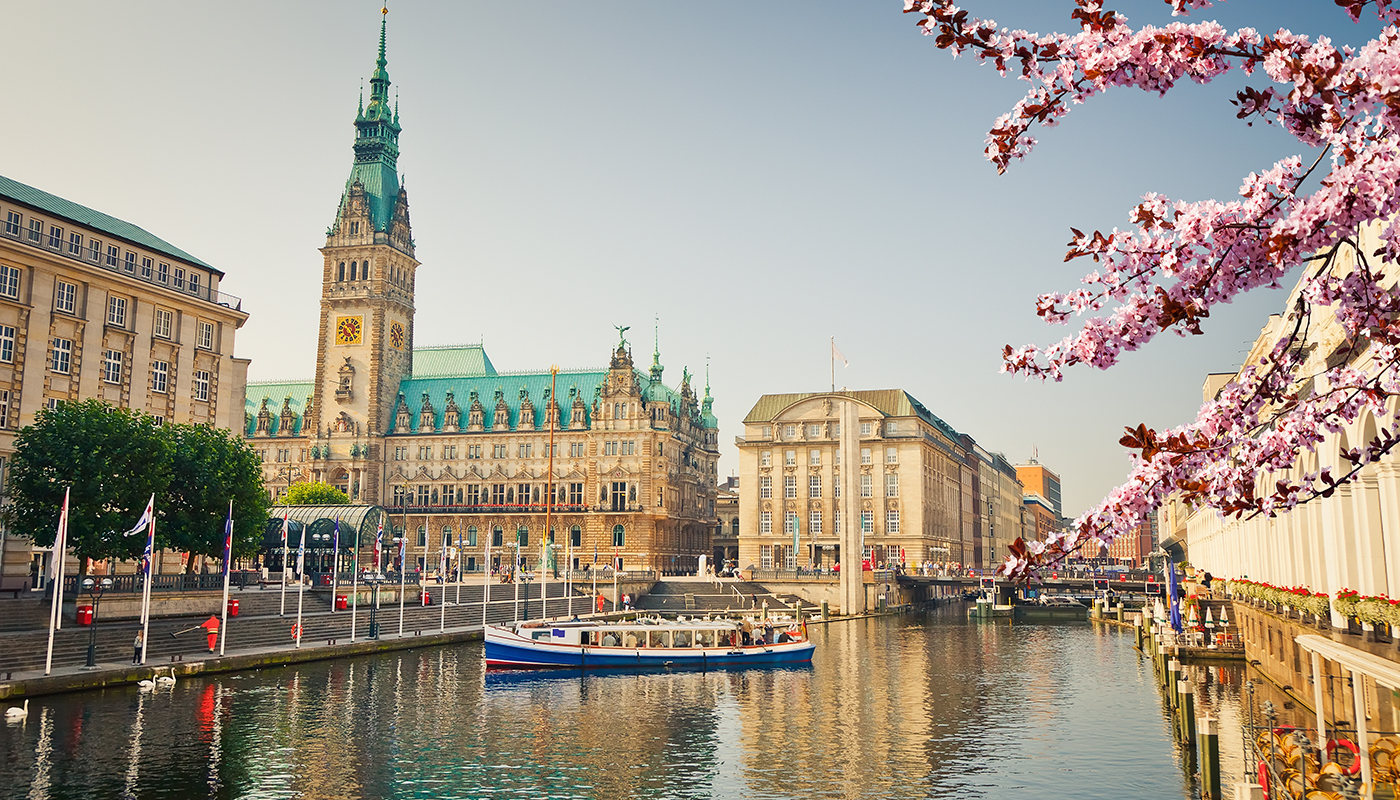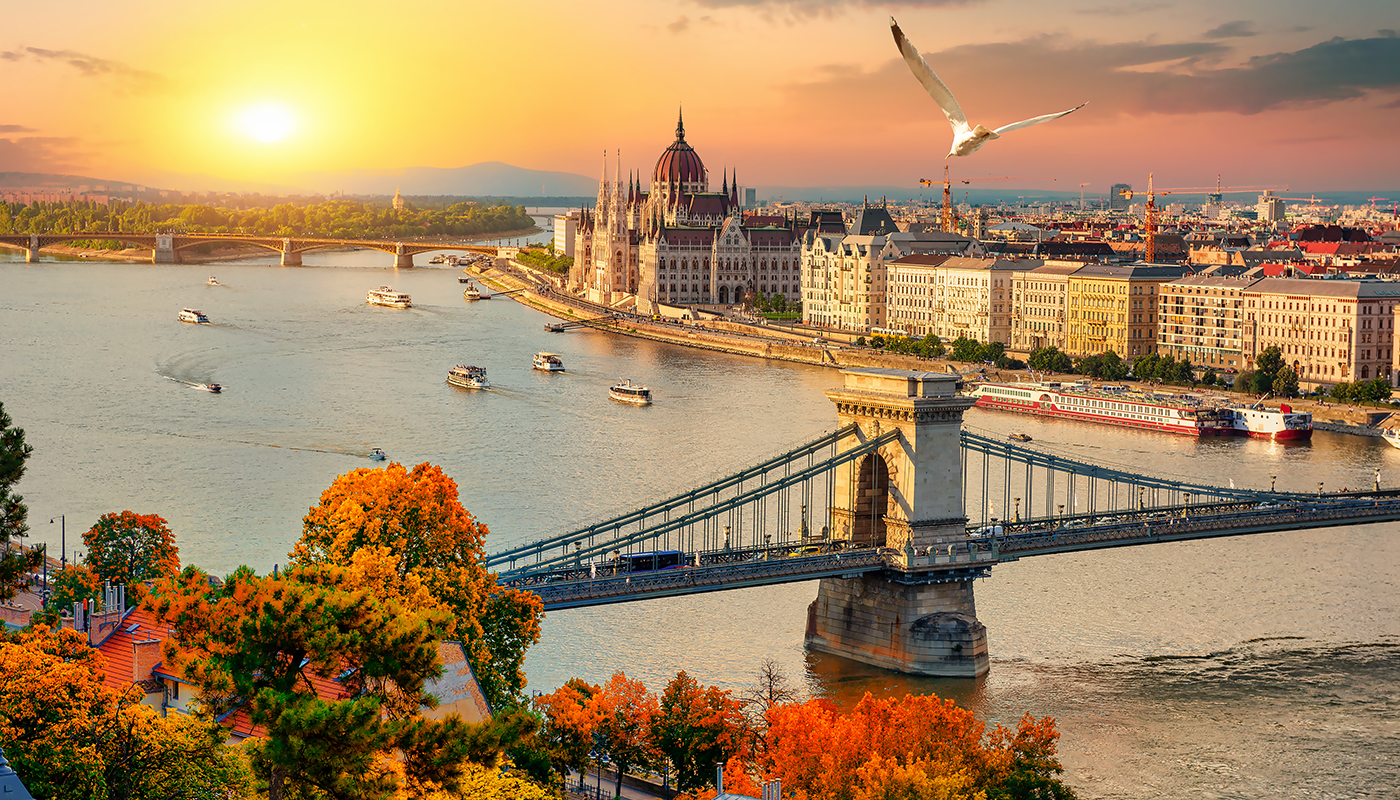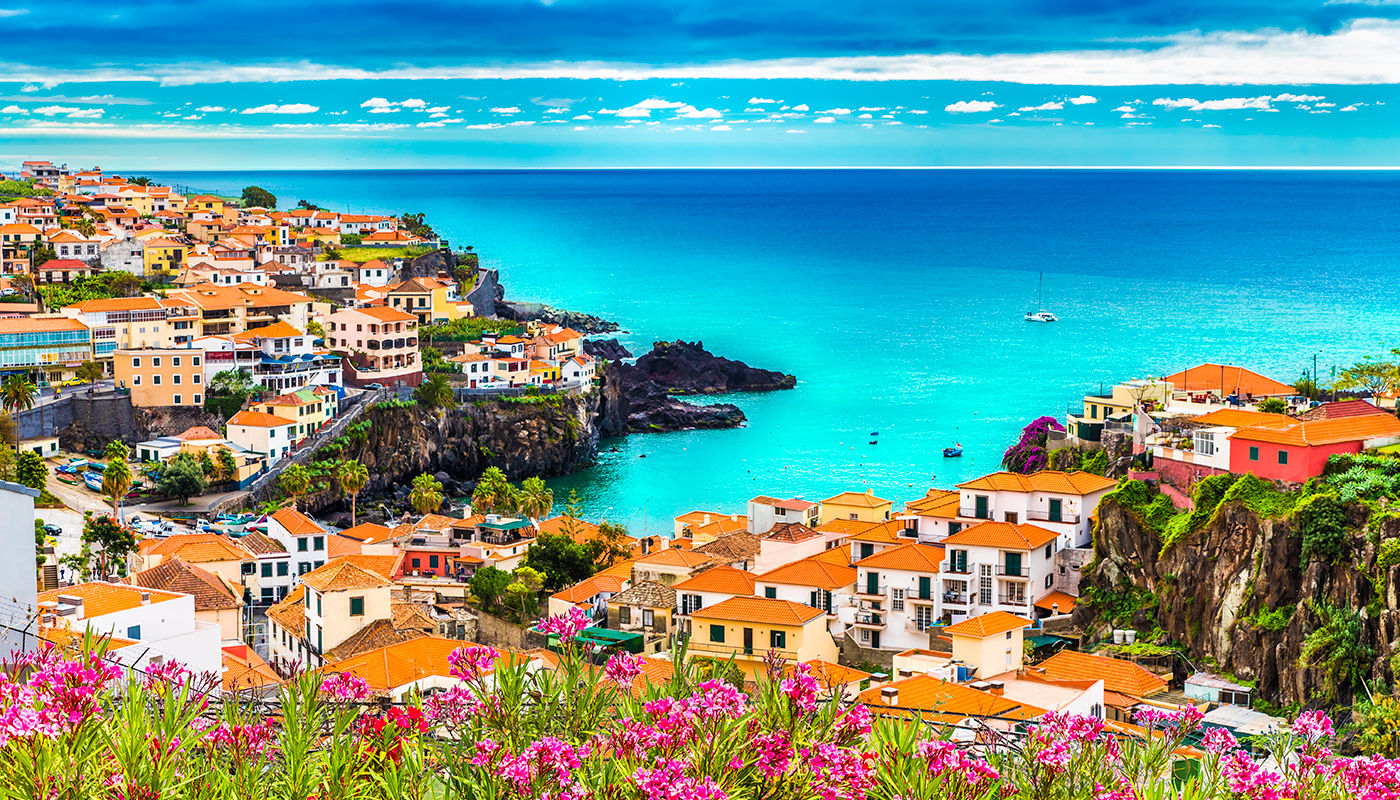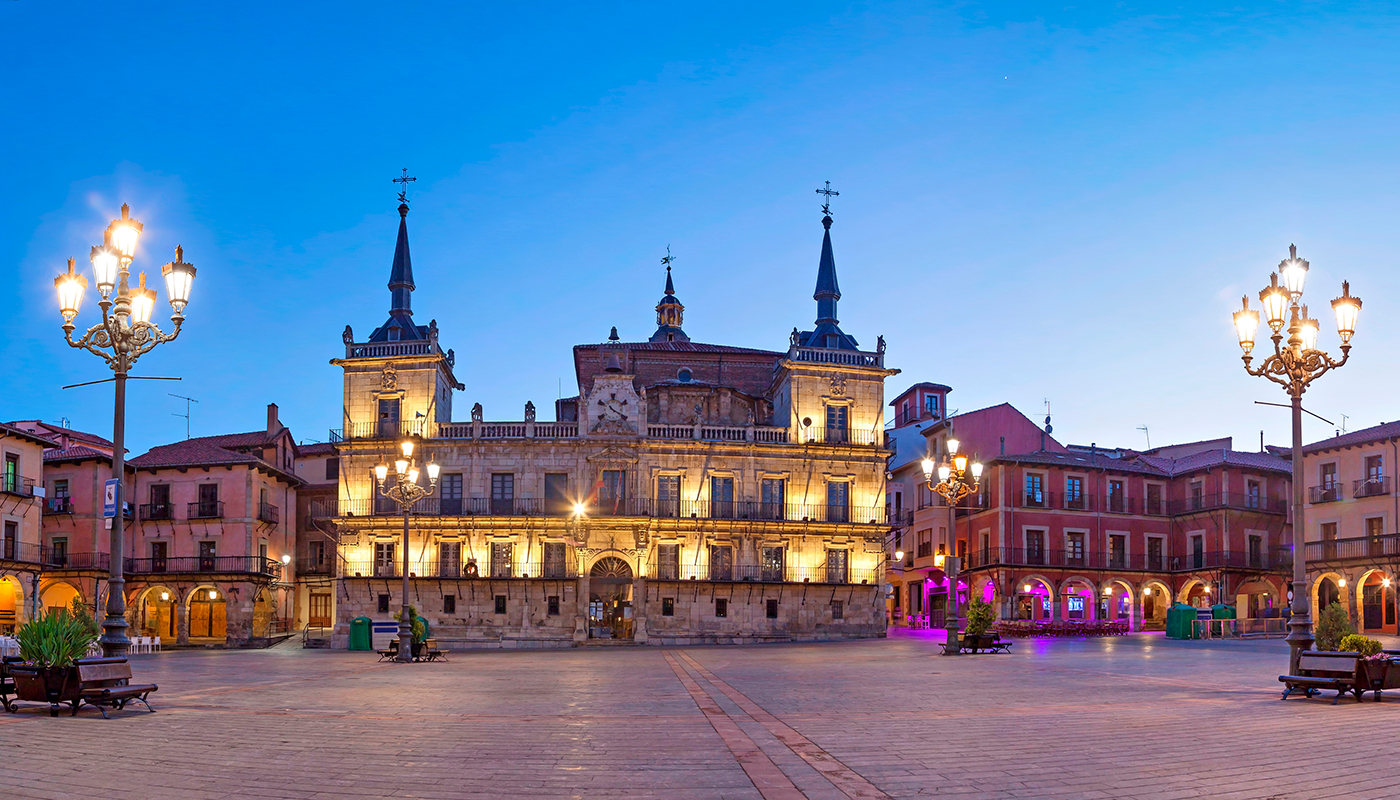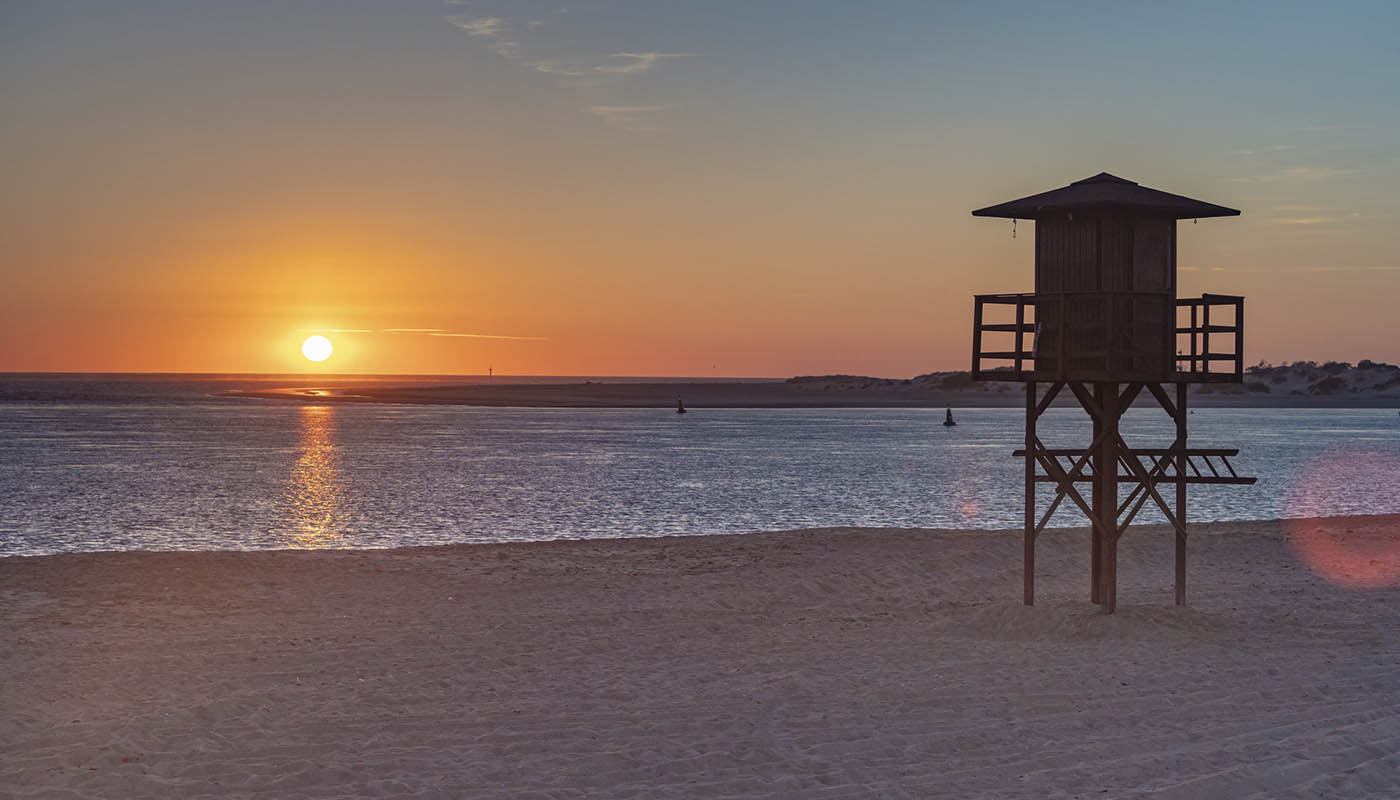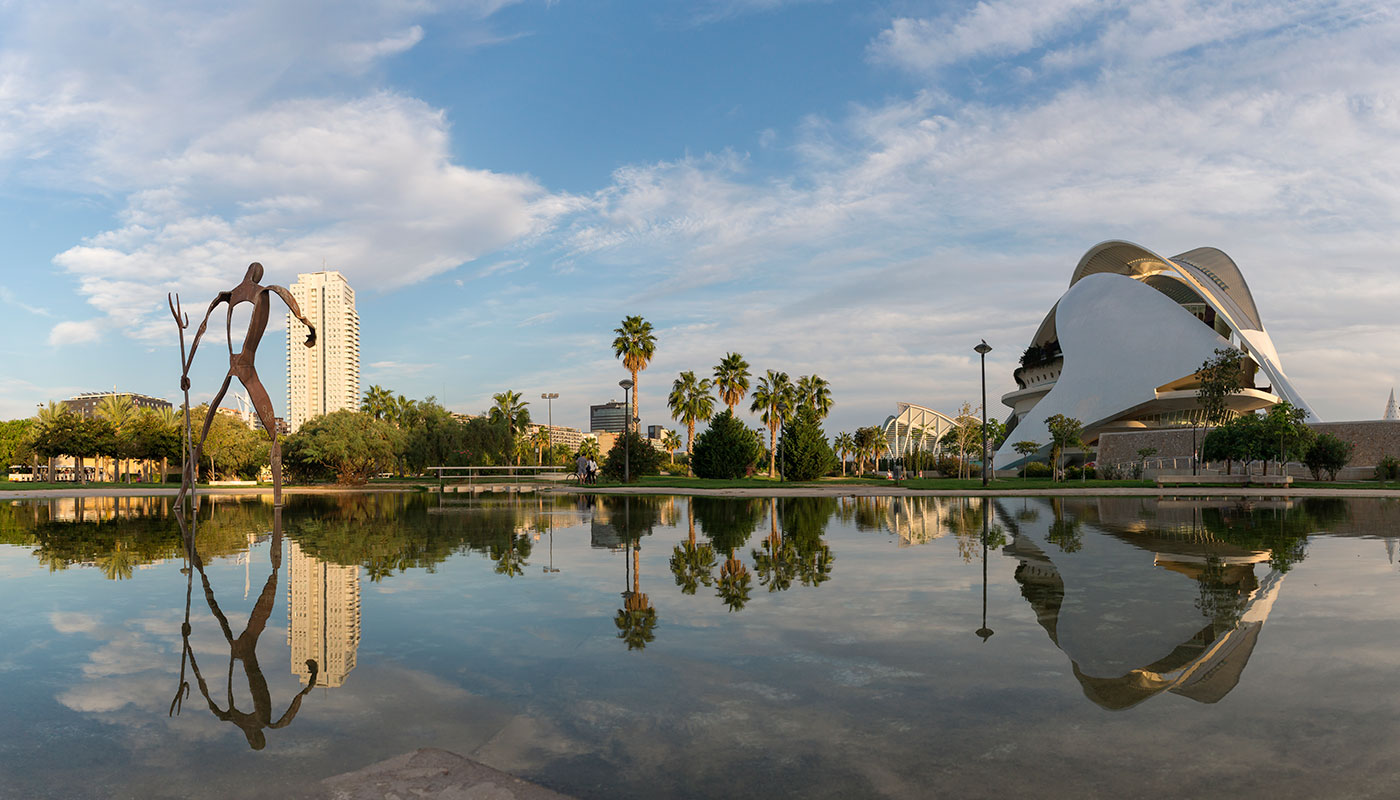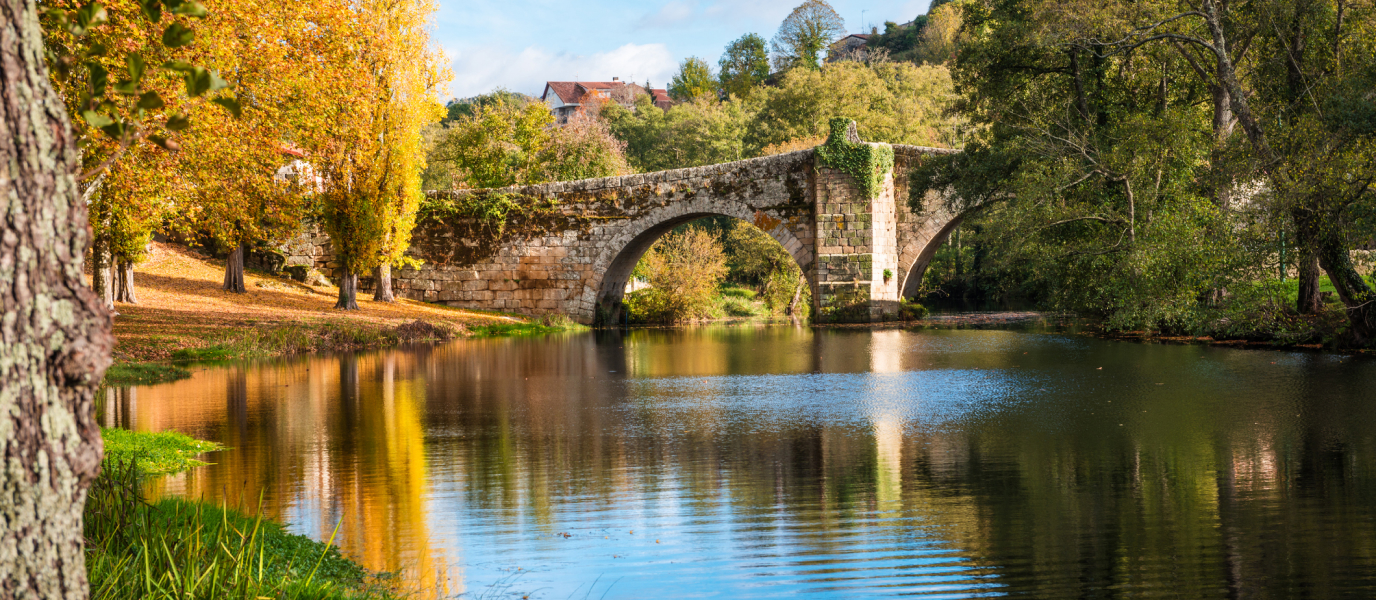The town of O Carballiño, 25 kilometres from Ourense, is one of the best options for an excursion from the province’s capital. In the space of one day, you can enjoy a few cultural visits, stroll in the natural surroundings, and even have a thermal treatment session in the town’s famous spa. If you get the chance, don’t miss the Festa da Pulpo, the octopus festival that takes place in the village of Santa María de Arcos where they are past masters in the art of preparing pulpo á feira — a traditional Galician dish.
The Galician province of Ourense is a great all-round destination, as visitors can enjoy a whole series of attractions just a few kilometres apart. The city of Ourense’s wealth of historic monuments can be combined with day trips to discover the varied offer of Appellation of Origin wines available to taste at the area’s excellent wineries. Of equal interest are the monuments scattered across the rural landscape, with magnificent sanctuaries such as the one at As Ermidas, the church of Veracruz in O Carballiño, and fortresses, including those at Monterrei and O Bolo.
No-one visiting Ourense for a weekend will have the chance to get bored. Below, we give you detailed information on what you can see and do in O Carballiño and its surroundings.
The river Arenteiro: kilometres of sheer beauty
We really cannot begin this visit to O Carballiño without telling you about the river Arenteiro, a tributary of the river Avia, in turn a tributary of the river Miño. The course of the Arenteiro covers over 30 kilometres. Its source is in the Peña de Francia, around 850 metres above sea level, and it joins the river Avia in Pazos de Arenteiro. Its course is marked by lush greenery, dams and pretty paths that you can walk along, and which we will tell you about in this article.
The Bouteiro reservoir
In the same area is the Bouteiro reservoir, which contains the flow of the river Arenteiro. The dam is six metres tall, and was built in 1931 by an engineer from Vigo, Ramón Laforet Cividanes. The aim of the project was to generate hydraulic energy. The surrounding area is extremely beautiful, with a huge abundance of plant life. There is a bridge for vehicles and for pedestrians, so that you can walk or ride over the reservoir, and admire the full panorama. On one side, you will see a crane, used to remove any tree trunks carried along by the river, which could damage the installation.
Arenteiro walk
We continue our visit to O Carballiño with a walk along the lovely Arenteiro path (PR-G 79), for just a little over 10 kilometres. The path runs along the bank of the Arenteiro from the municipal park of O Carballiño to the Historic and Artistic Complex of Pazos de Arenteiro. Along the path (very well signposted with yellow arrows on the ground), you will come across old windmills, stunning viewing points, and the area’s native flora. As there are lots of trees, it is very pleasant to walk in the shade, crossing a few bridges, and seeing the ethnographic remains of past ages.
Church of Veracruz
In O Carballiño, there are a few not-to-be-missed attractions, including the Plaza Mayor [Main Square], the church of San Cibrán, the Municipal Park, the Gran Balneario do Carballiño [Great Spa] and the church of Veracruz. This lovely church was designed by the architect Antonio Palacios Ramilo and built in around 1942. Local materials such as granite and slate were used in its construction, and the result is impressive, though difficult to label as a single architectural style. Experts detect influences of castles, palaces, monasteries, cathedrals… so the best plan is to see it for yourself and form your own opinion.

The great spa of O Carballiño
O Carballiño’s spa, situated on the left-hand bank of the river Arenteiro, exudes a Romantic and somewhat bohemian air. Its waters, flowing from the municipality’s three main springs, are recommended for digestive, liver and ophthalmic complaints. The bath house, which opened in 1900, was the work of the architect Daniel Vázquez-Gulias Martínez, and has been extended and renovated to bring it up to date. Around it, the natural setting of gardens and century-old trees provides a perfect spot to relax and unwind.
Where to eat in O Carballiño
As we said at the beginning, although O Carballiño is not on the coast, its most important festival focuses on octopus, so this is something you absolutely must try. In any case, this town is the perfect place to succumb to the temptations of Ourense’s typical gastronomy, with dishes such as cachucha [stew made from the hog’s head], cocido [stew] and for dessert, traditional cañas fritas [rolls of pastry, fried, and filled with crème patissière].
If you don’t know where to eat in O Carballiño, there’s no need to worry, as the town has over 40 restaurants. These include well-known establishments such as Pulpería Fulchela [restaurant specialising in octopus], somewhere you could return to time after time to sample its reasonably-priced menu; Pulpería Carral, which serves excellent octopus, delicious cod au gratin and other dishes; Casa Gazpara, a very welcoming place serving mouthwatering dishes; and Pulpería Plaza, where you must try the octopus croquettes.
Where to stay near O Carballiño
A good place to stay and a handy base from which to explore the province is the Barceló Ourense, a modern, four-star, centrally located hotel in the city. It is a pleasure to stay in this hotel, where every detail is taken care of — from the impressive B-Room standard accommodation, with a pillow menu, high quality mattresses, raindrop-effect showers, and tea- and-coffee making facilities, to the healthy, B-Likeat breakfast and the lobby bar serving drinks and snacks. There is also a gymnasium, a sauna and five meeting rooms, so that, whatever the purpose of your trip, the service or facility you need is always at hand.








